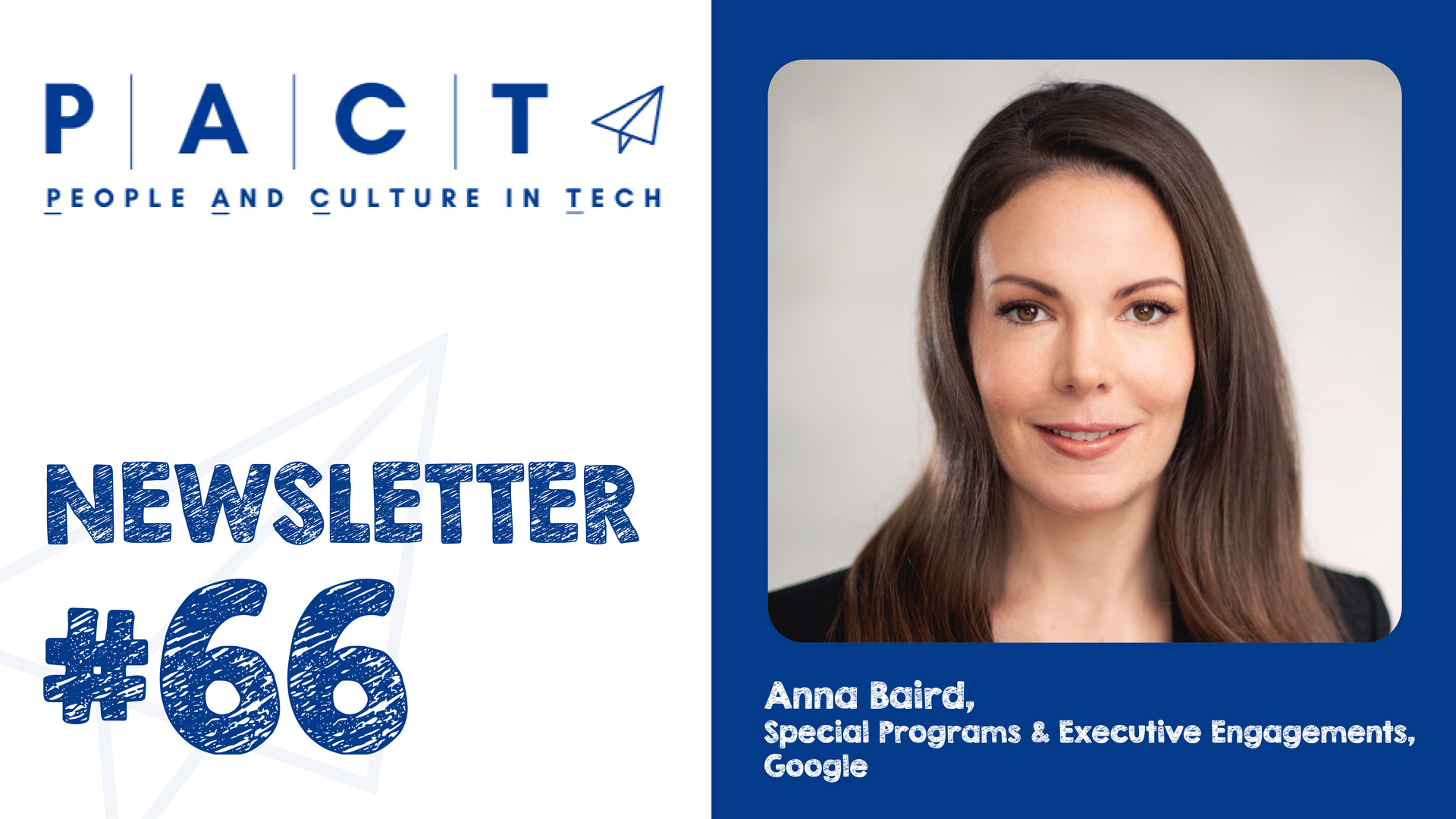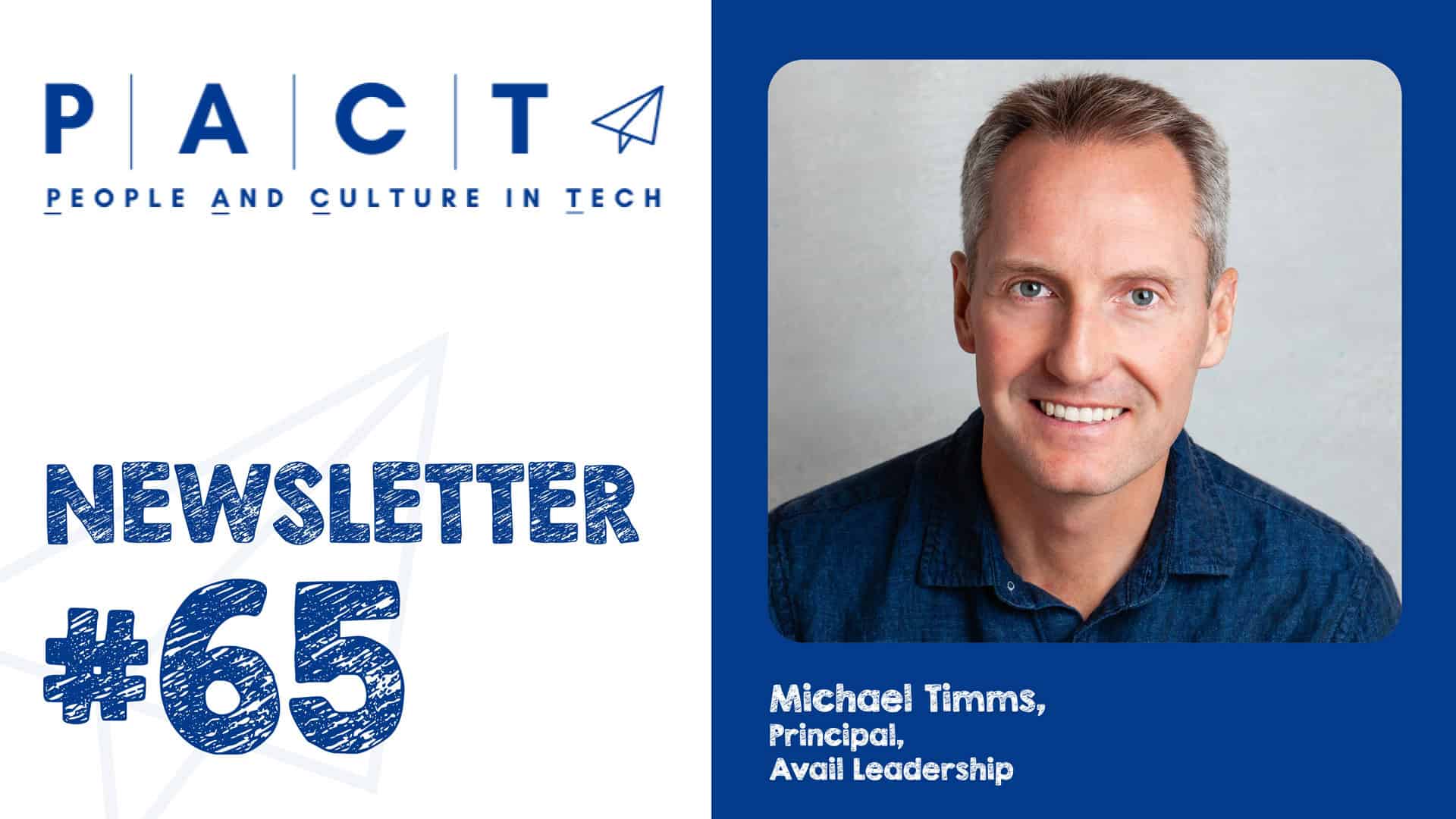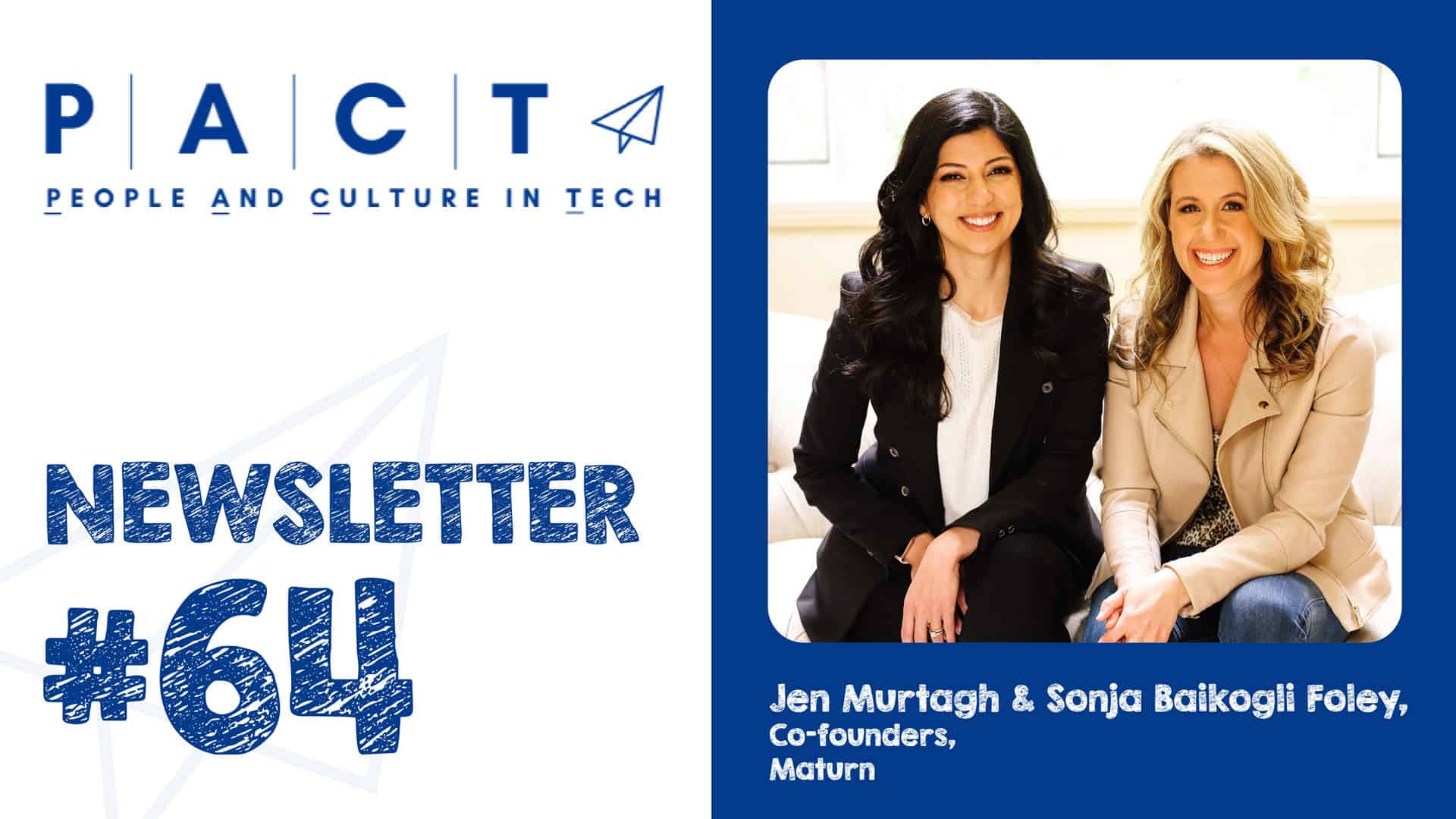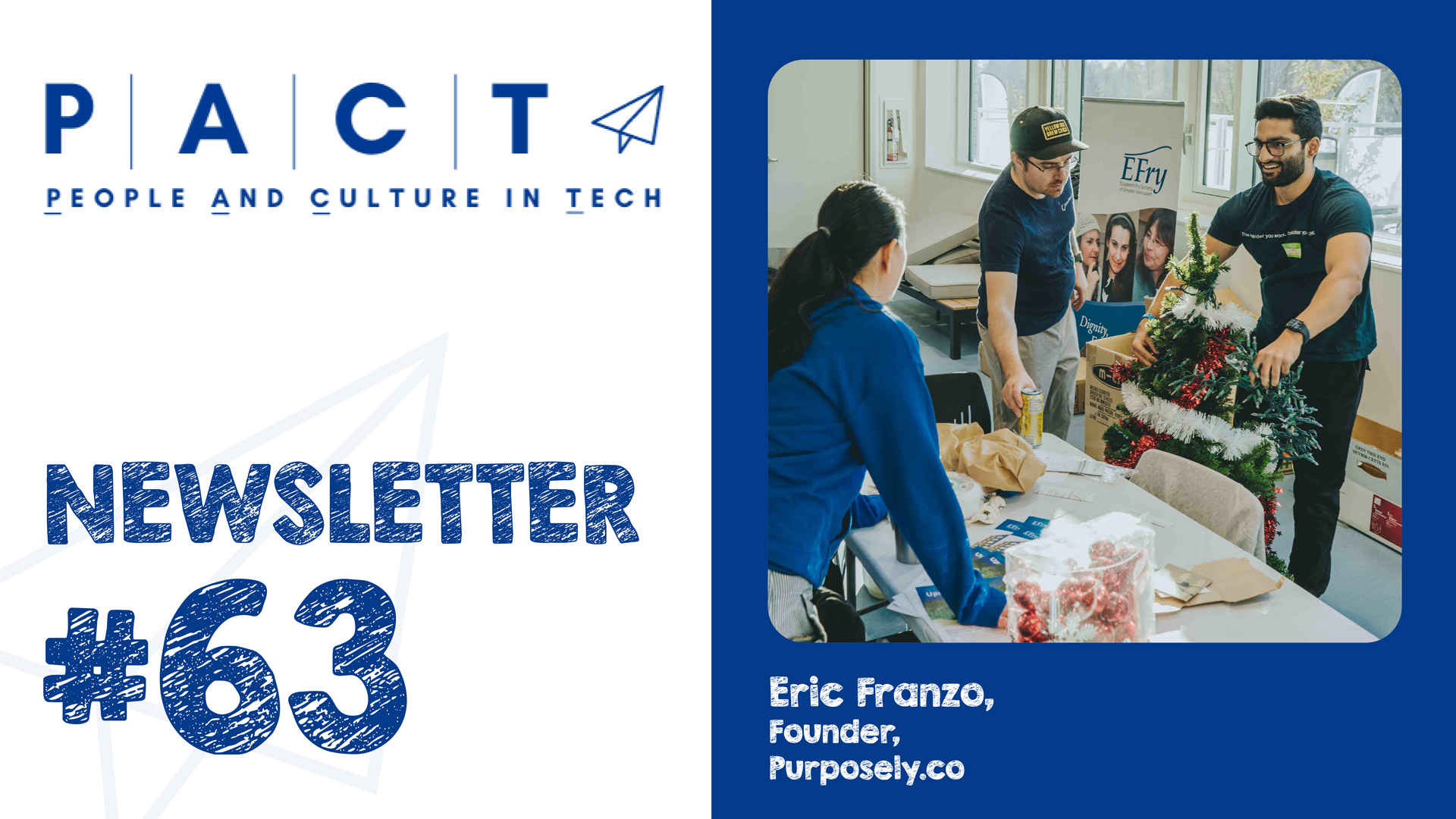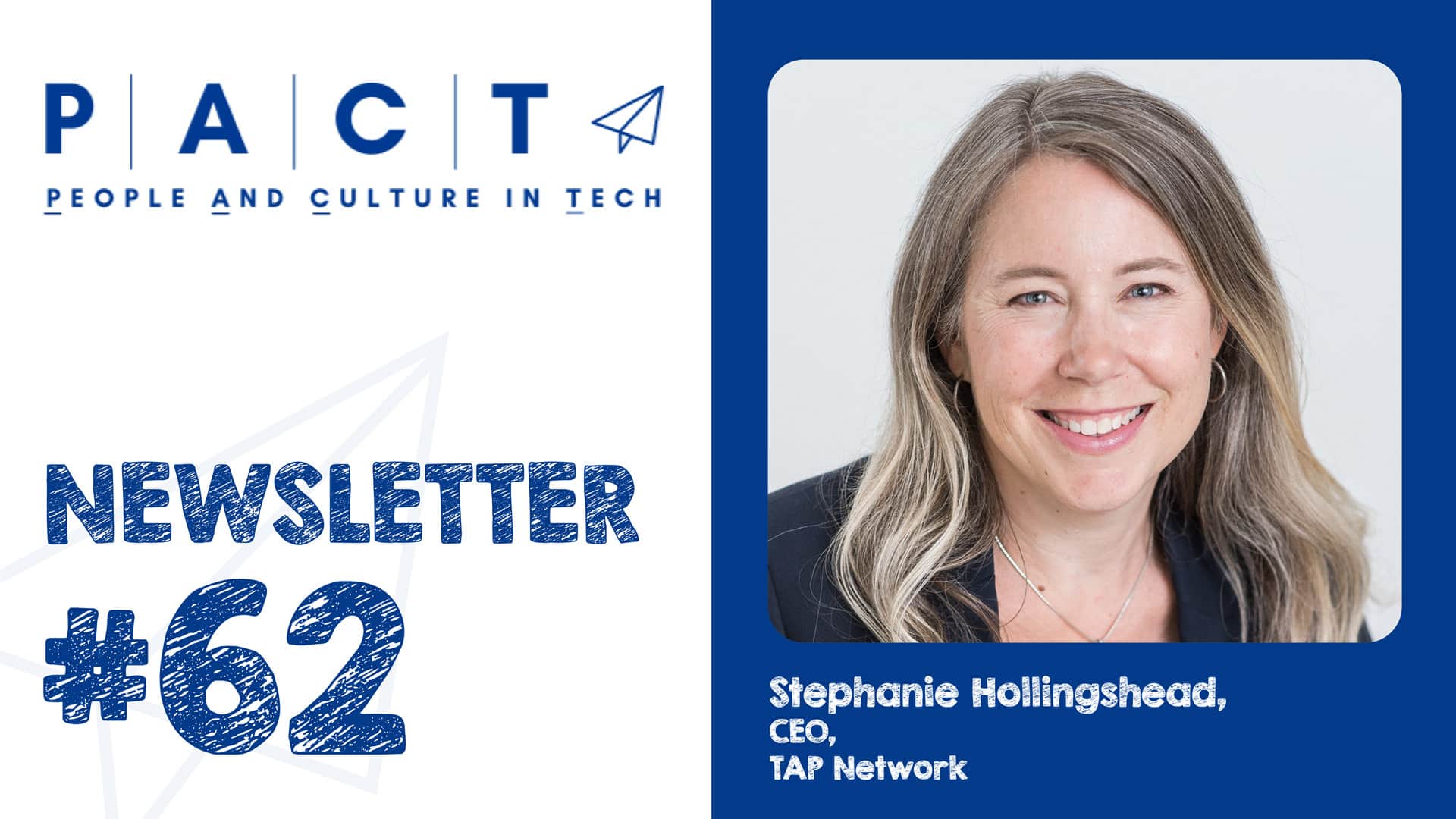Equity expert Camille Dundas explains why a focus on gender gap is leaving a big hole in your DEI strategy
Bonnie Elgie
Read about how hiring for culture fit helped Big Bang reduce turnover by 83% or watch the video here.
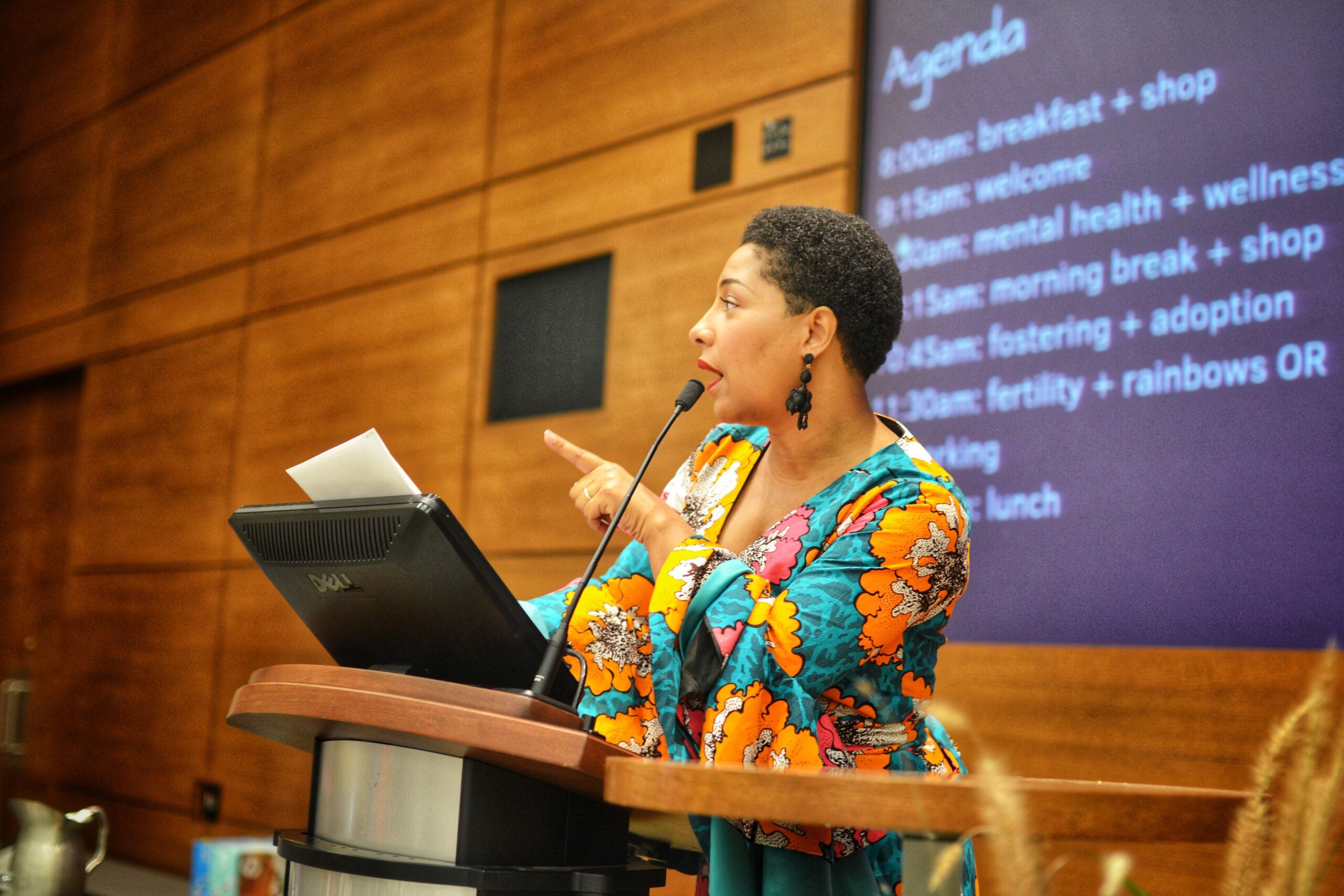
Camille Dundas, one of Canada’s top diversity, equity and inclusion consultants, tells her story and explains the challenges racialized people face in the workplace. Learn of the responsibilities each of us must take on if we are ever to achieve a truly equitable and inclusive workplace.
Camille Dundas, co-founder and editor-in-chief of Canada’s largest Black online magazine, shares her insights into the work HR professionals need to do before effective DEI changes can be introduced.
- Learn about intersectionality and if its undermining your work in gender equality.
- How to start effective conversations about racism in the workplace.
- What constitutes bad behaviour and the importance of setting new expectations.
- Why it may have been a big misstep to publicly take a corporate stand on Black Lives Matter.
Equity expert Camille Dundas explains why a focus on gender gap is leaving a big hole in your DEI strategy
For Camille Dundas, storytelling is a passion and sharing her own deeply personal story about the workplace struggles she’s faced as a Black woman in Canada has taken her on an incredible journey. Camille is the co-founder and editor-in-chief of Canada’s largest Black online magazine, ByBlacks.com, for which she’s been awarded three national ethnic media press awards and exclusively interviewed Prime Minister Justin Trudeau. Camille also works as a solutions consultant with Hootsuite.
Named among the top 100 Black Canadian Accomplished Women, she is one of Canada’s most requested diversity, equity and inclusion (DEI) consultants and HR Tech is happy to have Camille share her insights and guidance. Her expertise is helping major organizations around the world to truly begin to comprehend the challenges of racialized people and the responsibilities each of us has toward achieving equity and inclusion in the workplace.
Camille’s approach to workplace DEI is anchored in intersectionality. The term, coined by Dr. Kimberle Crenshaw, refers to all the different parts of our identity, and how they overlap to, unfortunately, create different levels of oppression. An intersectional approach encourages us to go beyond the traditional point of gender inequality and really look into the layers, or intersectionalities, of inequality.
Very often in the corporate workspace, we have looked at DEI mainly from a gender point of view. And so a lot of policies and initiatives focused on women fail to recognize all the varying needs of Black women, Indigenous women, trans women, women with disabilities and so on. Each requires different types of supports.
Camille provides this example to highlight the point, “Looking at wage gaps, the usual discussion focuses on the fact that women make 75 cents for every dollar men make. But what is less discussed is the fact that women of colour make even less than white women, Indigenous women make less than that, women with disabilities make even less and so on. This intersectional approach is important because focusing on gender alone means leaving out the most vulnerable people.”
In the tech sector, a lot of discussion and positive action is taking place around diversity, equity and inclusion. There’s a lot that HR professionals can start doing to address the deeper issues of women in the workplace.
Start learning
Camille first recommends self-educating about the issues faced by racialized women. The past decades has seen a lot written and recorded about their experiences making it easy to find stories and information to learn from. Camilles stresses the importance of trying to learn without feeling defensive, and without equating your own experiences to others. It’s about listening and asking what is needed.
Start listening
Start listening, as well, to those around you. If you work with a significant number of racialized employees, open conversations and encourage them to talk about their experiences in the workplace. Hold listening circles that are exclusively for them. Create an environment where participants feel comfortable. You may consider bringing in a third-party mediator who is also racialized to help build an open dialogue. Anonymize that information and pass it to the leadership team to begin generating a real understanding of what’s been going on.
Camille reminds us that most racialized people are accustomed to masking and shapeshifting in order to find success in the workplace. She adds, “Microaggressions faced in the workplace aren’t talked about because it’s been seen as a risk for us to report to HR, or with our manager, lest we be labelled an angry Black person.”
Start compiling data
It’s critical to collect data from your listening and thereby broaden your data collection. Build trusting relationships and explain to employees why you are collecting the data and be clear about what you will do with it. Progress beyond a baseline of demographic data and add qualitative data. Ask directly, “Have you experienced microaggressions in this workplace? Have you observed hateful or harmful incidents based on ethnicity in this workplace?” Camille advises, “You must ask very specific questions and go beyond the usual general pulse surveys that simply measure vague concepts of belonging, inclusion and happiness at work.”
Camille explains how the concept of allyship is also a significant element of the conversation. Allies are very much needed to advance this work towards achieving diversity, equity and inclusion in the workplace. It’s important to note that studies show that men receive the least backlash when advocating for diversity initiatives in the workplace, yet they are often the least likely to do so. Why? Because it makes them profoundly uncomfortable.
“Many times men feel it’s not their place to advocate because they’re speaking on an issue that doesn’t directly impact them,” Camille tells us.
She urges that we need men to recognize that this is about them, it’s about everyone as we endeavour to create spaces where everyone, including men, feel included and valued. She adds, “An enormous cultural shift is needed to help everyone understand they really do contribute to diversity, equity and inclusion. We need everyone acting as an ally.”
Be authentic in your response
Following the killing of George Floyd, there was a flurry of corporate activity as organizations put out statements and made public commitments on the issue. Camille found it interesting that shortly afterwards she was contacted by companies really struggling with feelings of concern because they had not put out a statement.
She’s quick to ask these corporations one question. Has your company ever had an internal conversation about anti-racism before this horrific incident? Camille affirms that if you weren’t already addressing the issue in the workplace, then not making a statement was the right thing, the authentic thing.
Now, a year later, we’re seeing the public hold corporations accountable to the statements and commitments they made on the issue, and it’s got some businesses scrambling to put policies and initiatives in place.
Camille asserts, “You’ve got to do the internal work before going public. You can’t promise to stand with the Black community if you’re not already standing with your own Black employees, if you even have any Black employees. If your entire leadership team is white, you have to first do the work.”
There may be a feeling in Canada that racism is something happening in America, but Camille points out sobering statistics showing Black people in Toronto for example are 20 times more likely than a white person to be shot dead by police. And in 2020, an Ipsos poll revealed that 60% of Canadians believe that racism is a serious problem in this country. People are waking up, that means corporate leaders also have to wake up.
“We’ve kind of ripped off the bandage and exposed that the corporate expectation that employees not bring their life experience to work is completely unrealistic.”
She continues, “Businesses are realizing that people work for them, not robots. These are people who have suffered oppression, who have experienced discrimination, who are holding trauma. Pretending everything is okay, does not work.”
There’s a new expectation that if you are not taking a stand on something, if you are not willing to put something at risk, then what you risk is being on the wrong side of history. Camille says, “Many businesses, especially in tech, are showing that it can be done, that you can decide on the line that will not be crossed and then not cross it, no matter how much it might pay us to do so.”
Live your values
Companies need to establish a set of values that will act to filter future decisions. So many companies go years without doing this and then run into conflict. We must stop avoiding the difficult conversations and start deciding what we stand for—set clear expectations about what respectful behaviour looks like in your workplace. Camille asserts, “Then, when somebody does cross the line, it is easier for us all to say, ‘Hey, remember when we talked about what was respectful behaviour in this workplace? That wasn’t it.’”
The procedure for many companies is to have the target of the inappropriate behaviour file a formal complaint. The offending party is then left to wonder, why? Why was that a problem? No one had a problem before when I said this, why is it a problem now? This perspective is why we must establish all-important value sets, start informal conversations, and begin to create a culture of expectation for what’s acceptable. Then, formal policies can be developed around those expectations and values, and employees and leadership will have the tools to ensure everyone remains accountable.
So, what do we do if this unfortunate and toxic behaviour has happened in your workplace? Camille quickly advises that if harm has been done, focus on the long process of healing. Bring in a professional who can hold space for the employees who’ve been harmed. She adds, “This can’t be done by your CEO, your managers or even by your HR people, unless they are trained in mediation.” Get the healing happening.
After that you have to make some hard decisions about the people working for you. Start asking yourself who belongs on your team and who doesn’t. Because after you establish some value sets, there are likely going to be some people who don’t agree. They are the people who may need to be shown the door.
Camille adds, “A leadership team that leads with vulnerability is valuable to the process.” If leaders can talk about their own missteps and their own learning journey, then they will be true advocates and lead by example to grow allyship. Camille’s final word of advice for companies wanting to make lasting change in their organizations is to keep the conversation going. “This is not a one and done process. Embedding equity in all parts of your organization needs to continue happening on a daily basis.”
Promoted
Unlock innovation, get tech talent through your doors.
Join the University of Waterloo’s Work-Learn Institute on Wednesday, April 28th for the Future-Ready Workforce Series: “Engaging the next generation of talent.” Access new research on improving employee performance and commitment.
Need to recruit next gen tech talent right now? Attend our webinar Co-op Fundamentals for Tech Employers on Thursday, April 29th to get started.
Don’t miss these opportunities!
BACK




